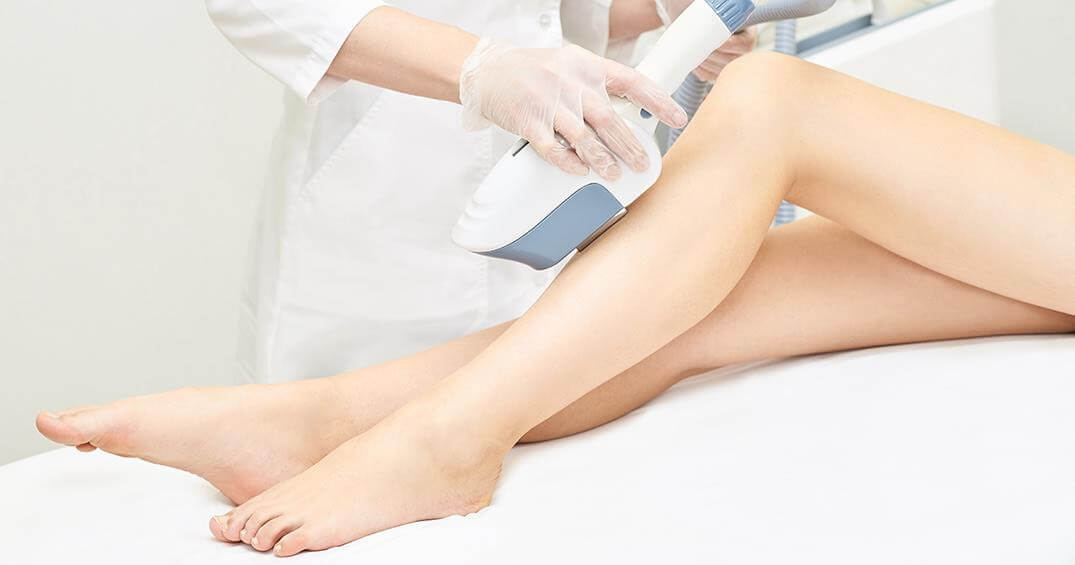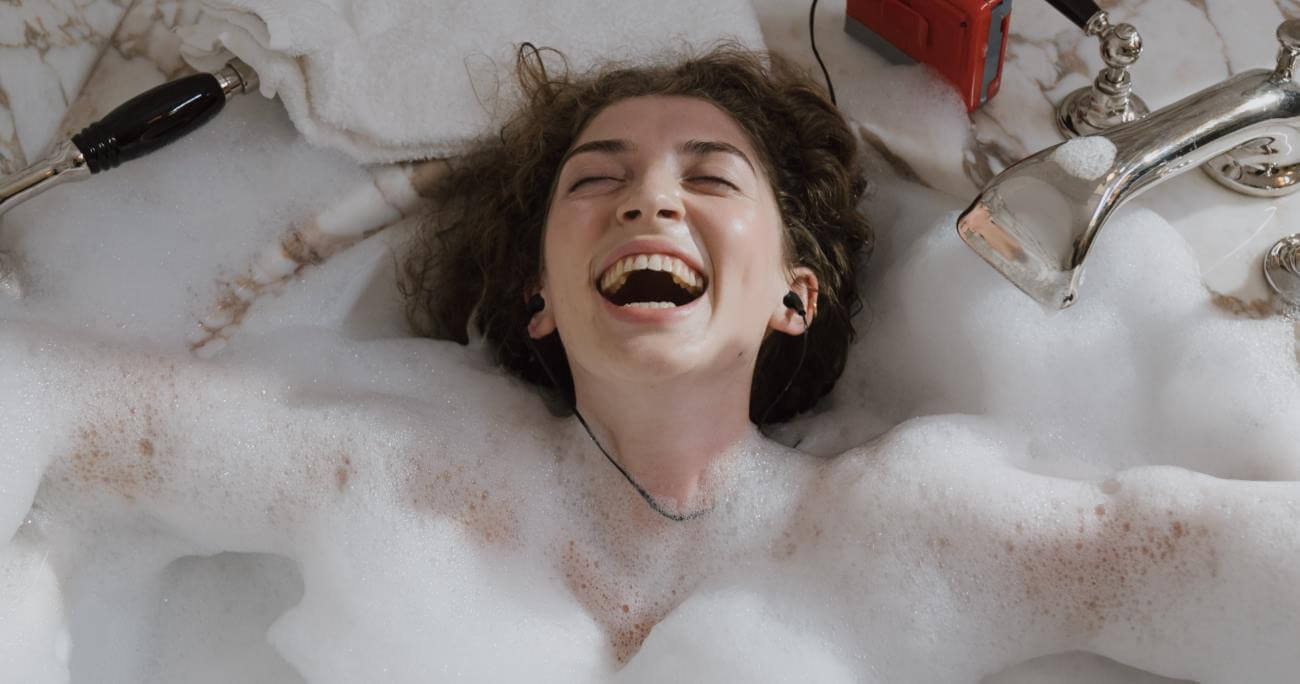
The idea of a beard growing thicker after shaving is meritorious for the man who takes a beard as a sign of maturity, attractiveness, and a manly aura. While the same idea is melancholic for women who think of unwanted facial hair as detestable. Whether it is our beautiful ladies with flawless skin or our handsome gentlemen with newly growing beards, both get alert on hearing “Shaving increases beard growth”.
While some people call it a fact considering their experience, experts regard it as a myth. So, what is the reality behind this so-called myth? In this article, we are going to talk about how shaving affects beard growth and why hair appears thicker after shaving. Also, we have some tips to stimulate beard growth for men and ways to reduce undesired facial hair for women.
So, let us get into it without any delay.
Hair Growth Cycle
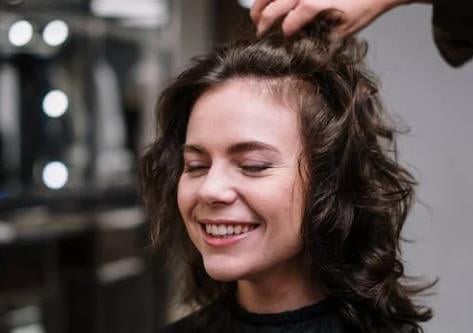
We can only understand facial hair regrowth and its association with shaving when we know the hair growth cycle. So, let us take a look at how body hair grows.
Anagen
The first phase of the hair growth cycle is anagen. In this phase, hair follicles generate hair roots by taking nutrition from the blood supply. The hair then begins to grow from the roots.
Catagen
It is the phase where hair strands come out of the skin surface while growing through the hair roots and sebaceous glands. During this phase, the hair grows to its full length and stops growing.
Telogen
Telogen is the resting phase of the hair growth cycle. In this phase, hair stays as it is for a few weeks before entering into the last phase. Also, note the duration of these phases concerning the part of the body they are growing on.
Exogen
Exogen is the terminal phase of the hair growth cycle. In this phase, hair is moved out of the roots and shed with minimal pressure.
After completing a full cycle, hair then begins a new cycle it grows and falls. This process continues as long as hair follicles exist.
The Process and Science Behind Shaving
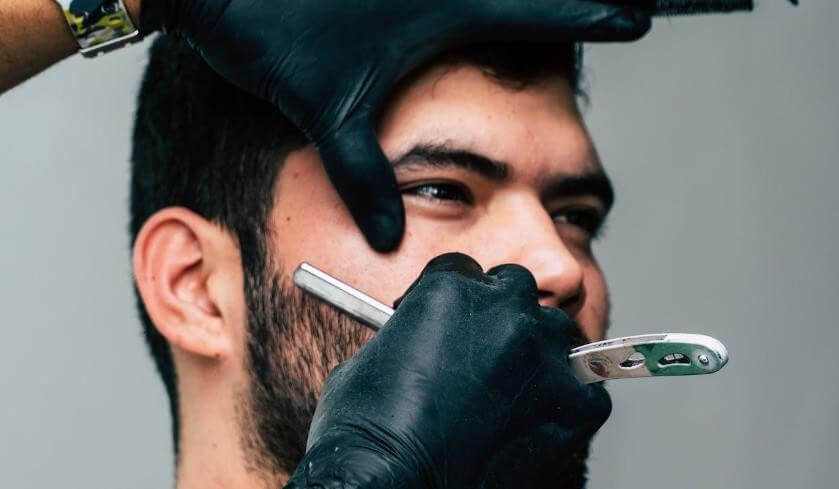
Shaving is a hair removal method where hair is cut off above the surface of the skin at any level. You might trim the whole length of the hair to get a clean shave or cut them at a certain level to groom your beard. An electric shaver or a blade can be used according to one’s preference as explained in shaver vs. blade. However, both methods do not go deeper than the skin surface where hair is growing.
If we see how the hair cycle works, it is clear that it’s the hair roots that produce hair. As shaving has no direct influence on the hair roots, it does not alter the growth of the hair as proved by science.
The Facts Behind Beard Growth
Now let us see the reality behind facial hair growth.
Factors Determining Beard Growth
Below are the factors that determine the growth of the beard in the first place.
-
Age: The beard starts growing at puberty in men. The hair at the beginning grows in patches and is thin. Along with age, the beard becomes fuller and thicker and it keeps growing till an older age. Moreover, facial hair growth also becomes visible at puberty in women.
-
Genetics: The major role in beard growth is played by genetics. Your genes determine how thick your beard is going to be, how early it will occur, how dark the hair will be, and how faster it will grow. Looking at your forefather’s beard can give you an idea about genetics.
-
Hormones: Another factor that makes a beard grow quickly or slowly is the level of testosterone in the body. This male hormone stimulates hair follicles to produce a beard as a secondary sexual characteristic. The same hormone is responsible for excess hair growth in women with PCOS.
-
Environmental factors: Environmental factors including your diet, application of topical nutrition to the beard, multivitamins, exposure to pollutants and sunlight, stress, and drugs can mildly affect the rate of beard growth.
The Rate of Beard Growth Over Time in Male

The rate of beard growth varies depending on the factors discussed above. On average, beard hair grows 0.05 to 0.4mm each day giving you a 1.4cm to 12cm beard within a month. However, the rate of beard growth even in a single individual is not constant and it can fluctuate at any point in life. Furthermore, you can get elaborative information about the rate of facial hair growth in how long it takes to grow a beard or mustache.
How Long Does it Take For Facial Hair to Grow Back After Shaving Female?
Hair keeps growing at there normal rate even after shaving. So, it takes about 24 to 48 hours for facial hair to grow back and become visible on the skin after shaving. Also, the facial peach fuzz will grow back to its full length within a few weeks and coarse facial hair also take the same time to grow back after shaving.
The Appearance of Beard Hair
Freshly shaved beards have well-groomed hair with their environment-affected ends being trimmed off. So, it appears to be darker, fuller, and thicker. However, the same beard looks thinner after a month or so. This is because shaving products, dust, UV rays, and other environmental factors thin out the hair and also slightly decolorize it.
Does Shaving Increase Beard Growth?
You should be able to answer this question by now, right? Even if you are not, let me connect the dots and make it easy for you. There is no way that shaving can increase or decrease beard growth because it does not affect genetics, environment, diet, age, or any other factor that stimulates the hair follicles to generate a beard.
However, the beard does appear thicker after shaving because of the removal of the thin pointed ends of the full-grown hair leaving thick blunt ends behind. Also, the hair trimmed in the catagen or telogen phase appears darker.
How to Grow Beard Faster? (For Our Gentlemen)
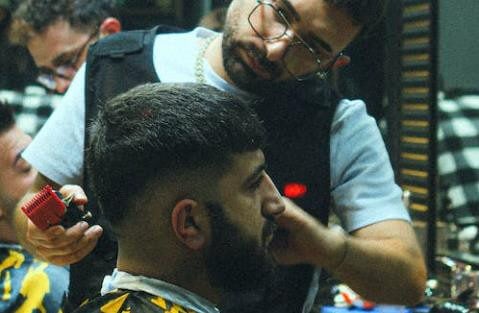
How to grow a beard faster and thicker if not with shaving? The below tips can give you an answer.
-
Keep the Skin Clean: Give your hair space to grow by exfoliating dead skin cells, pollutants, and sebum that might block the hair roots and obstruct hair growth. Also, keep your skin clean to provide a better environment for hair to grow.
-
Avoid Shaving Too Often: Your beard will grow at the same rate regardless if you trim it or not. So, decide on an optimal length and only shave the beard when hair grows beyond it. If you shave every other day, your beard will never have the time to grow to the desired length.
-
Use a Beard Regrowth Oil: Give your hair nourishment. Several beard oils are available in the market that works just like hair oils to help your beard grow healthier by directly supplying nutrition to hair roots.
-
Treat and Prevent Ingrown Hair: Use a proper technique for shaving the hair. Also, ensure that your skin is well exfoliated. This will prevent the occurrence of ingrown hair. Also, if you already have such hair, follow the best ways to remove ingrown hair to get rid of them.
-
Improve Your Lifestyle: keeping your stress under control, your water intake optimal, your diet balanced, and your exercise routine maintained can also help in boosting beard growth by counteracting the environmental factors that reduce it.
How to Slow Down Beard Regrowth? (For Our Ladies)

While men want a visibly thick beard, women do not, right? So, the following are the ways to avoid excess facial hair regrowth in women.
-
Treat the Cause: Excess facial hair growth can be caused by hormonal imbalance, PCOS, drugs like minoxidil, and more. So, consult a dermatologist to help you find the cause behind hirsutism and treat it.
-
Control Your Diet: Avoid processed meals, hormone-injected meat, and fast food. This will help in keeping obesity and hormonal imbalance in check.
-
Use a Hair Regrowth Inhibiting Solution: Topical application of creams and serums containing eflornithine is scientifically proven to reduce facial hair regrowth.
-
Temporary Methods of Hair Removal: While shaving facial hair can make blunt ends more visible as they grow, hair removal methods like waxing, threading, and plucking remove hair from the roots giving you 1 month of hair-free skin. Also, fine hair regrows back.
-
Long-lasting Methods of Hair Removal: Long-lasting methods like laser, IPL, and electrolysis can be the final solution to unwanted facial hair. For example, Ulike Air3 offers a dermatologist-recommended long-lasting facial hair removal within 3 weeks. Also, it ensures that the hair removal treatment is super fast, nearly painless, effective, and skin-friendly.
The Final Verdict
The growth of a beard or facial hair does not increase after shaving. Also, hair becomes thicker, longer, or coarser after being groomed with a razor. However, they do appear darker and thicker because of the straight-cut blunt ends of the hair coming on the surface.





